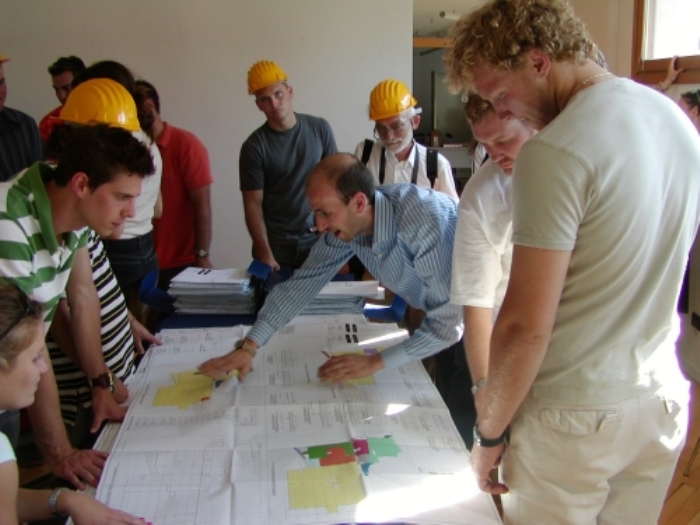The crucial art of how to manage a project schedule is not easy. Scheduling can affect, either positively or unfavorably, the most extents within a project. Ineffectual project schedules can generate downtime for people and production equipment, wasting time and money, and resulting to project failures.
Here are four techniques that can aid in improving time management and keep your whole project on schedule.
- Determine the critical path
Concentrating on the critical path can help you deliver the project schedule– or even cut its duration and finish it ahead of schedule. Keeping the critical path will guarantee an appropriate delivery, while extending it means the project will be late.
- Build slack time into the schedule
Purposely adding slack time into your project timeline is a clever way to stay on project schedule. Project management professionals know that the unforeseen is the one thing you can continuously count on; thus, elasticity is a valued project management tool.
Slack time permits a project manager to postpone a task when compulsory, without affecting the rest of the project schedule. Your role is to determine the best path to enhanced output through slack time, such as moving idle team members to tasks that need more consideration.
- Crash when necessary
Occasionally, shareholders request a faster shift time, and project managers are expected to deliver a finished project in a shorter time frame, with no reduction in scope. Crashing is a powerful project management tool in which you cut the time to finishing point for tasks in the critical path. It’s useful to know that reducing time to finish non-critical tasks – those outside the critical path – will not decrease the project delivery time. So focus on crashing tasks in the critical path.
Crashing happens when you double the team members assigned to a task, so it’s finished in half the time, or when your team is flexible enough that you can reallocate more industrious people to the most critical tasks, so they are accomplished in less time. Be inventive when considering crashing methods. Decide the risks and rewards of each option, and select the one with the best chance for victory.
- Fast-track tasks
Accelerating is another method to cut the project schedule when essential. In fast-tracking, the project manager reorganizes the project schedule so that tasks that were planned for accomplishment in order are reassigned to be worked on instantaneously. This doubling-up of tasks can cut completion time by half, but only works when Task B’s start is not dependent on Task A’s completion.
A project manager must retain a secure grasp on the basic rudiments of project management to help keep every project on a short and manageable schedule. Follow these four tips and you should see instantaneous improvements in your project scheduling.
